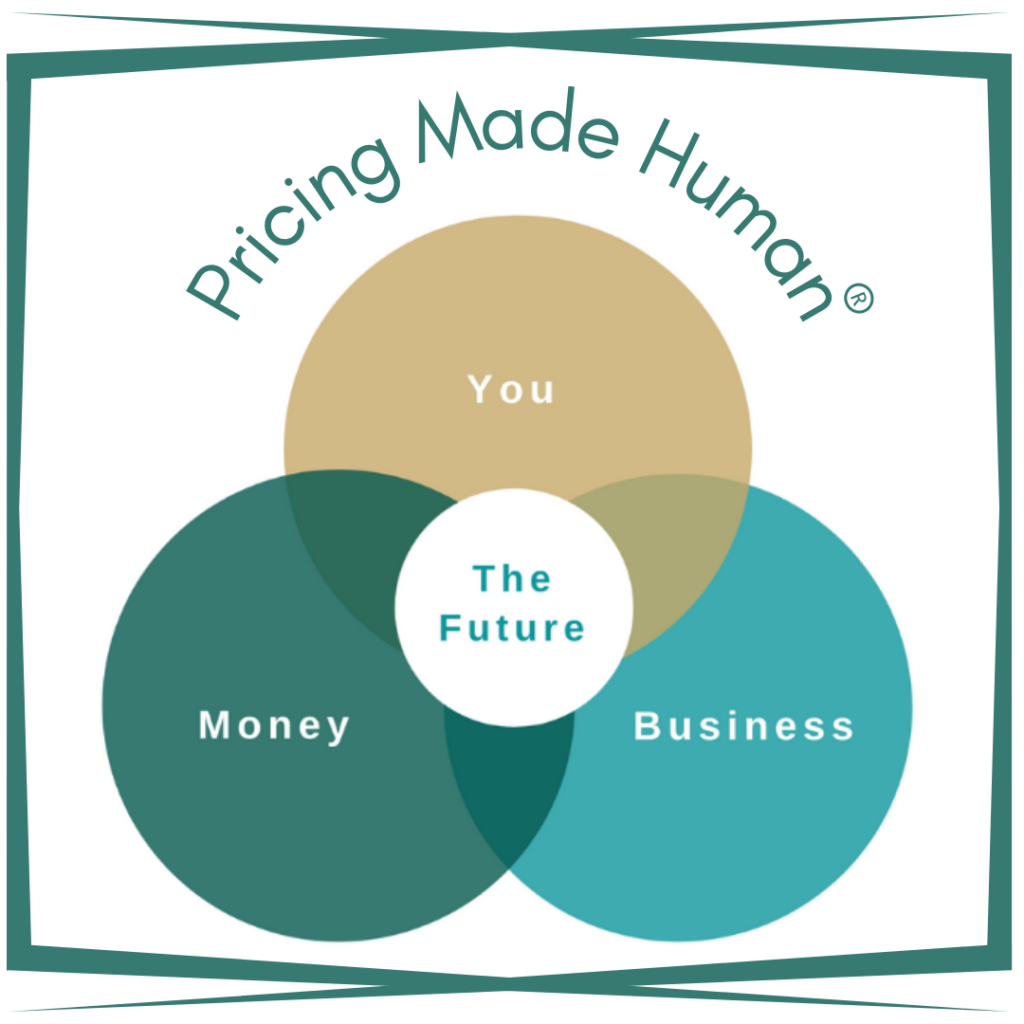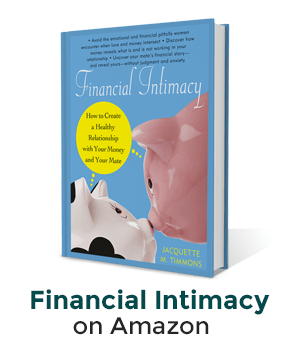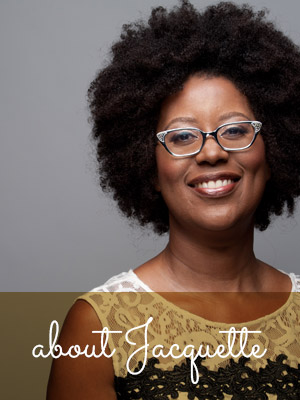In 2002, I ran a four-month group coaching program, “My Best Year Ever, Financially.” Back then, as I still do today, I asked my clients to track their money. Not necessarily for the purposes of creating a budget (although that can be helpful), but more so so that they could become aware of their pattern of behavior when it comes to money: what choices they make, when, and why.
One of the participants in this program, Ben (not his real name), was overweight. And interestingly, during the program, he lost 18 pounds, even though he wasn’t dieting or trying to lose weight. According to him, as he started paying more attention to his money (courtesy of the tracking homework I assigned), he started paying more attention to the food he ate.
I was surprised by the amount of weight he lost. But, I wasn’t surprised by the connection he “accidentally” discovered between one’s relationship with food and their relationship with money. You know the saying: How you do one thing is how you do everything.
Thus, Ben became my avatar to talk about what I call the 3Fs of the wellness industry: food, fitness and finances.
And in case you don’t track such stats, the global wellness industry has grown — a lot! Increasing to the tune of 10.6% from 2013-2015 or from a $3.36 to $3.72 trillion market, according to the Global Wellness Institute.
As you might suspect, beauty and anti-aging is the biggest of the ten categories at $999b; followed by healthy eating, nutrition & weight lost at $646b; wellness tourism at $536b; and fitness & mind-body at $542b.
Workplace wellness is at the bottom at $43b, but it grew 6.4% – from $40.7b to $43.3b.(*All numbers pulled from the Global Wellness Institute and reflect the latest available figures.)
Even if the particulars of these stats are new to you, you may have noticed this trend of focusing on your well-being as the types of employee benefits offered to you (or family and friends) have expanded. Maybe your company has quiet rooms (or pods). Or, maybe your company’s cafeteria offers full meals or snacks – free of charge or heavily subsidized.
More companies now seem to recognize that employees bring their “whole” selves to work. If any aspect of their life is out of sorts, it’ll have an impact on their focus and productivity. (Sidenote: According to a Purchasing Power Survey, 34% of employees spend two to three hours per week at work thinking about or dealing with personal finances.)
In other words, companies acknowledge there is a correlation between employee wellness and the company’s bottom-line.
On an individual level, when you focus on your well-being, it means you see the value in proactively taking care of your mind, body and spirit (and finances). And you likely notice a difference in when you’re doing this…well. It shows up in how you manage the stresses of life, as well as in how happy and fulfilled you feel.
Is convenience the new healthy?
I think the boom in the wellness industry reflects a confluence of factors:
- People seeking more (and perhaps less traditional) ways to live a healthier life and taking greater control over how they do this.
- Services and products to help them do just that.
- Innovative technology that makes accessing a plethora of information and tools and the ability to hyper-personalize one’s experience, easier.
And all of this has given rise to new entrepreneurial ventures.
Remember the aforementioned stat about the growth of the wellness industry? Well, “it is now a key part of the second-largest sector of women-owned businesses in the U.S.”
So, I see this trend of mainstreaming holistic well-being as a good thing on many levels.
But I do wonder if the boom in the industry is due to the temporary relief it provides people so that they can feel healthier, less stressed and more satisfied in their lives – for a moment.
Let’s start with food. I belong to the Park Slope Food Coop and live five minutes from it. So, I’ve never used a meal-prep and delivery service. However, I understand the appeal because they make preparing and eating healthy food more convenient.
What they don’t do is prompt you to explore why you’re so time starved, all the time, in the first place.
When it comes to fitness, there are nearly 4,000 mindfulness and meditation apps. For fitness and diet apps, I’ve seen numbers as high as 165,000. I use a mediation app and two fitness apps – one to track details about my runs and the other to help with strength training. But according to a Gartner Survey, nearly a third of people “drop” off and stop using their fitness app/trackers.
An app, even one that comes with an enthusiastic trainer, can’t make you enjoy an activity you don’t love doing. And most of us only do what we enjoy.
According to Bankrate.com, 55% of Americans use at least one full-service banking app; 40% use at least one peer-to-peer payment app; 17% use at least one stand-alone budgeting app; and 17% use at least one stand-alone investing app.
If we’ve ever worked together, you know how I feel about personal finance apps. They are wonderful for giving you immediate access to data that tells you what has happened.
But that isn’t a substitute for the financial self-awareness you get from the process of turning information into insight and using the data to help you forecast and do scenario planning.
So does the wellness boom mean that people are more concerned with living a healthier lifestyle today than in years past? Perhaps.
However, I wonder to what degree when we say “healthy,” if what we really mean is convenient because it saves us time and effort.
Are all the new wellness tools and experiences on the market simply a short-term tool?
Or, are they helping to bring about lasting, sustainable change? In other words, how can the boom be an instrument for something deeper and more sustainable?
Not even the best designed wellness app or experience can help you change your mind, body and spirit or the condition of your finances, if your mindset isn’t changing as well. Remember, mindset drives your behavior and choices. And it is why, I believe, Ben was able to lose weight (without trying). He was working to improve his relationship with money, but it spilled over into other areas of his life because as the saying goes: How you do one thing is how you do everything.
So, if the current state of the robust wellness industry isn’t tackling your mindset; if it isn’t helping you bounce back from life’s disappointments and difficulties; or helping you manage life’s stresses in a meaningful way, is it really helping you to be healthy?
The way I see it, holistic wellness is about resilience. And, that’s my answer to the question: “What Does It Mean to Be Healthy?”
What’s your answer?





